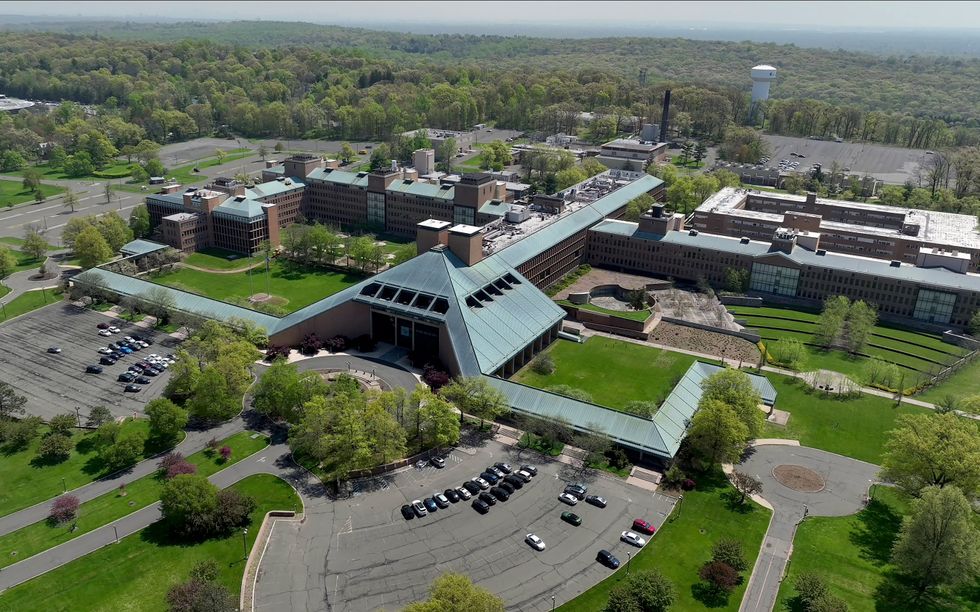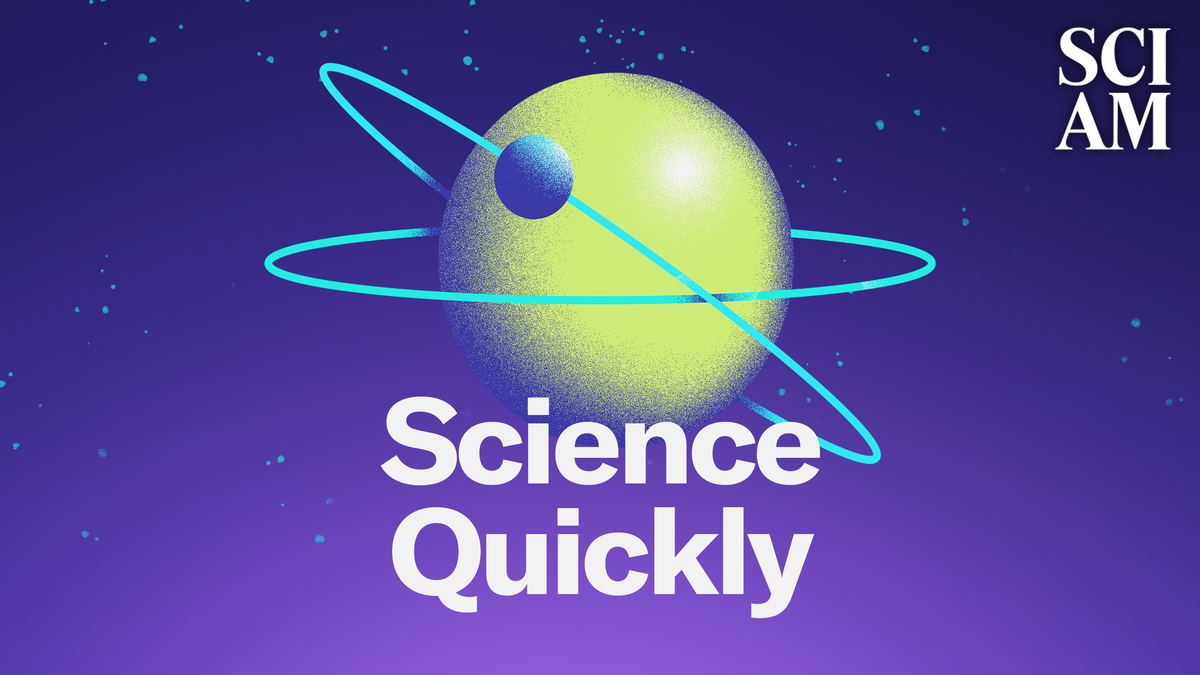Now Reading: Bell Labs Marks 100 Years, Moves on from Historic Headquarters
-
01
Bell Labs Marks 100 Years, Moves on from Historic Headquarters
Bell Labs Marks 100 Years, Moves on from Historic Headquarters

Speedy Summary
- Bell Labs,now affiliated with Nokia,celebrated its 100th anniversary at its Murray Hill,New Jersey campus.
- Famous for groundbreaking inventions like the transistor, Unix OS, CCD cameras, and discoveries like radio astronomy; credited with ten Nobel Prizes and five Turing Awards.
- The lab plans to move from Murray Hill to a smaller facility in New Brunswick by 2027.Its workforce has shrunk from 6,000 to roughly 1,000 employees at the main campus.
- Current projects include:
– Developing a self-deploying lunar cellular network showcased during a recent lunar mission by Intuitive Machines’ Athena lander.- Transforming undersea fiber-optic cables into sensor networks capable of real-time environmental monitoring.
– Pursuing robust topological quantum computing systems that are scalable but yet to demonstrate success.
– Advancing glass-based circuit antenna arrays for high-frequency applications like 6G; deployed successfully in Paris Olympics (2024) with commercialization on track for 2027.
– Innovating digital twin technology for autonomous mining equipment maintenance and scheduling optimization using AI integration.
– Integrating large language models-powered robots into industrial environments with test deployment scheduled in six months within UAE warehouses.
- Concerns about innovation sustainability were expressed during panels; some attendees criticized dwindling support for university R&D but conveyed optimism regarding long-term scientific advancement.
Indian Opinion Analysis
Bell labs’ remarkable journey across scientific breakthroughs underscores the importance of fostering research-driven institutions globally. For India-a nation aspiring to champion technological advancements-the example set by Bell Labs’ centennial legacy offers valuable lessons. Its ability to balance core buisness-focused missions alongside exploratory innovations highlights an approach India could emulate in nurturing public-private partnerships within emerging sectors such as AI or quantum computing.
The shift towards compact facilities signals a recalibration of large-scale research often seen internationally due to resource constraints or evolving priorities-a trend perhaps relevant for India’s own research hubs adapting amid economic pressures. Projects like digital twins or sensor networks resonate particularly well within India’s ambitions surrounding smart infrastructure development.
Lastly, discussions about shrinking university R&D investments abroad bring cautionary insights given India’s parallel concerns over maintaining strong academic-industry ties amidst rising global competition in innovation ecosystems.

























